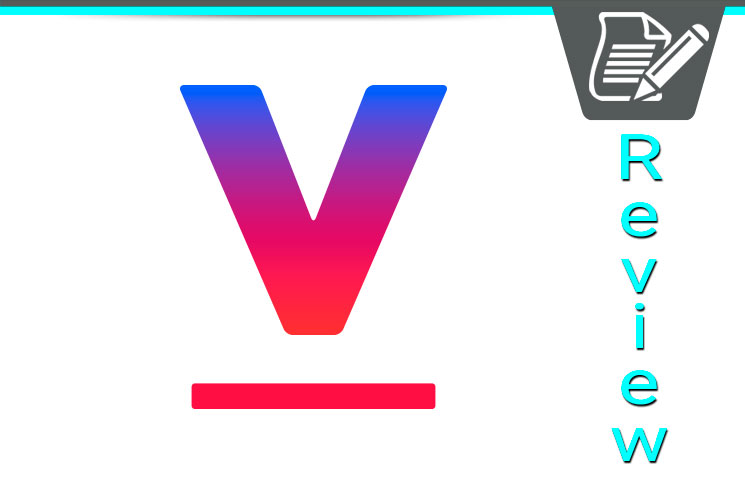Google Verily Review
Once known as Google Life Sciences, Verily is a section of the business giant Google, but under its reorganized company, Alphabet. Instead of focusing on just technology, Verily is intent on using every resource possible to get a better idea of health. And, unlike many health related companies, Verily wants its work to be about prevention, detection, and then management.
About Google Life Sciences Verily
Verily has multidisciplinary teams that use their advanced tools to research, develop, and launch ideas that combine technology and the life sciences. The hope is that eventually this will lead to discovering hidden truths about disease and health.
The Verily Teams
Verily has divided itself into four teams, each one specializing in a specific field. While they may be separate in theory, these teams work together to look at health from a unique, joint perspective.
The teams are described below.
Hardware
This team is very hands on, building the tools and devices of the future. The hardware team thinks smaller and more powerful when it builds, focusing on creating things that are more convenient than they were in the past.
The Verily hardware team wants its tools to be smaller and more powerful so they can fit into the lives of those who use them, patients, doctors, and nurses across the world. Their goal is to create a tool that can monitor the conditions of a patient constantly, allowing doctors to know immediately when something is wrong.
One of their monitoring devices is an embedded glucose sensor. Combined with smart contact lenses, these monitors could let diabetes patients monitor themselves in real time, having their tears constantly monitored for glucose levels.
Software
The place where Google started. The software team at Verily isn’t just interested with the information available in the world, it wants to know about the information inside the body. This information is everywhere, from DNA to eating and sleep habits. This team is made of analytics experts, software engineers, and designers who develop algorithms, platforms, and products that take in the information from the body. This information is analyzed, hopefully opening the doors to preventing and diagnosing disease in its earliest stages.
The software department at Verily is also interested in studying the early warning signals that the body sends out when something is going to go wrong. Knowing this information wouldn’t only allow patients to be treated sooner, it could open the doors to more effective disease prevention.
The software team has a research program that is looking at multiple sclerosis. This program has created a hybrid system that includes wearable sensors and clinical tests. However, these tests are unique and new in that they gather and analyze every single variable imaginable, from biological and physiological to environmental and behavioral. The goal of this program is to look at all these variables and find out why the disease progresses at different speeds in different individuals.
Clinical
The clinical team at Verily serves as a go-between, taking the information and insights that the rest of the teams discover and finding a way to present it to the health community. The goal is that these insights will be able to provide enough information to keep the advances going for years.
The clinical team doesn’t just work with the rest of the teams at Verily. Clinical also works hand-in-hand with hospitals, academic centers, the government, and even patient advocacy groups to get the technology into the world and helping people.
Clinical has a strong connection to the hardware and software teams, guiding them to the real needs in the medical and healthcare communities. Their Baseline Study shows this deep connection. This study looks at how a healthy human transitions into disease. Because this is often a slow process, this initiative will last for many, many years.
Science
The fourth and last team at Verily is very research focused. They work to find the ‘why’ behind diseases and other conditions. Over the years, they’ve looked at cancer, diabetes, and heart disease. Due to their in-depth research, they were able to develop a tool that provides information on the biological functions in health and disease.
One of the most exciting thing the science team at Verily is doing is working on making nanotechnology that is also bio-molecular. This would allow health professionals to diagnosis with a precision that isn’t available today. The nanites could also release medications into the system at specific times and in specific amounts.
Because Verily wants to focus on preventing disease as much as possible, the science team is working on imaging methods that could lead to early diagnosis. This could also lead to surgical robots. The science team stands firm on the foundation of prevention, detection, and management.
Final Thoughts On Google Life Sciences Verily
While the goals and aspirations of Verily might seem monumental compared to its staff, it has a great head start on making real changes in the world, especially when it comes to health and disease prevention. With two locations, in California and Massachusetts, the teams of a few hundred will continue to reach for these goals.
Thankfully, its directors also recognize that caution, and not profit or fame, is what drives them forward.









